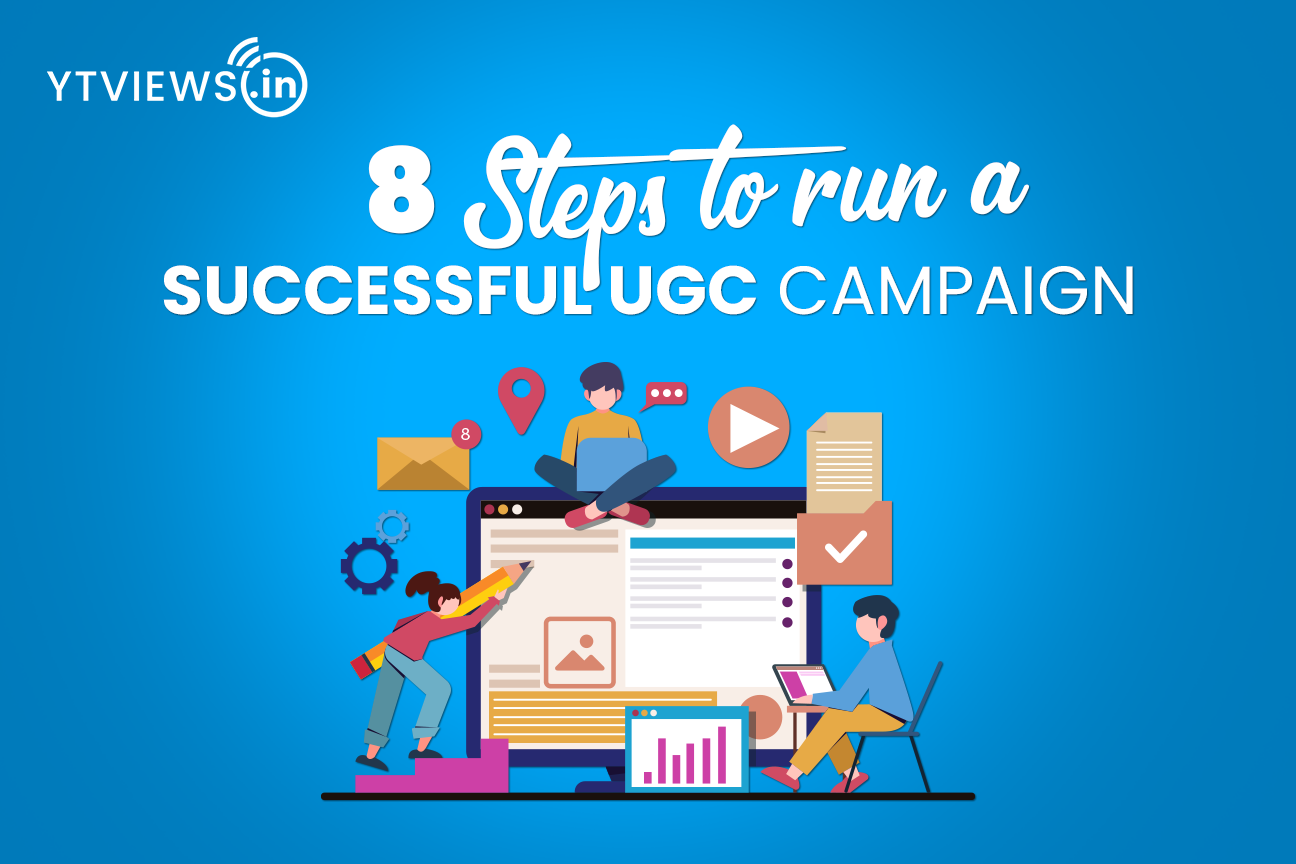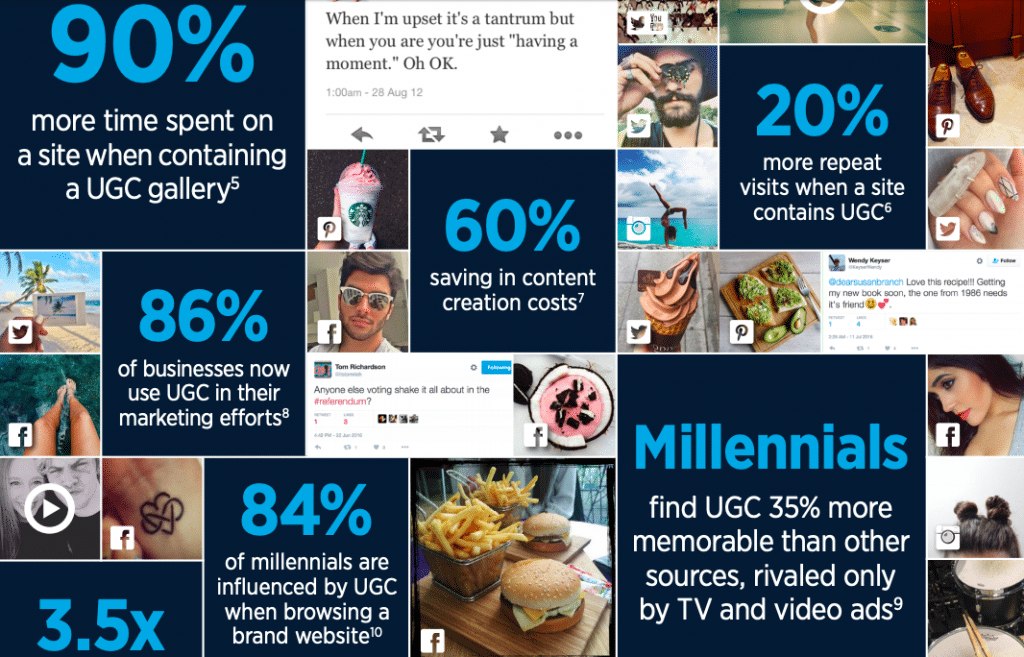8 Steps to run a Successful UGC Campaign
A campaign can effectively use user-generated content (UGC) to include quotes, images, and videos from enthusiastic participants. In comparison to conventional marketing strategies, UGC can tell a story from various points of view, creating a richer and more genuine picture.

The versatility of UGC, while one of its best features, is also one of its most challenging aspects to comprehend. Campaigns using user-generated content can include competitions, hashtags, reviews, and influencers. While having a wide range of options is great for brands, it can also make this strategy challenging to master because brands may not know where to begin, what types of content to concentrate on, or how to ensure they source high-quality content.
Here are 8 Steps to run a Successful UGC Campaign:
1. Increase Expectation: It can be tempting to spread out your campaigns for user-generated content for weeks or even months in an effort to get as many submissions as you can. Instead, think about developing anticipation for the main event by choosing a specific day for your campaign. If you advertise a single day of submissions, you’ll receive a flood of content in 24 hours as opposed to content that arrives gradually over time. The result will be a surge in brand recognition for your company, which will probably cause it to trend on Twitter and other social media.
2. Refresh when Required: If you do run longer campaigns, make sure to switch things up occasionally. To keep users interested and entice new users to submit content, you might, for instance, change your submission theme.
3. Give Special and Practical Tools: Utilize tools to make it simple and enjoyable for users to participate in your campaign. These could be as basic as hashtags they tweet along with their submissions or more complex strategies like a particular app they can use to overlay a distinctive image or filter on top of their photos. Your brand will benefit from this UGC strategy because it makes sure that viewers will return to your campaign due to the content’s distinctive appearance.
4. Your Own Gallery to Curate: Don’t feel forced to include only user-generated content (UGC) when you set up a gallery of submissions, whether online or on a screen in-store. The adage “quality over quantity” should always be kept in mind. Utilize your discretion and consider the type of content that will likely draw in a larger audience.
You could, for instance, ask your coworkers in sales and social media for their opinions on what they believe resonates with customers. Understanding the types of photos and videos people share can be done through social listening. Next, check to see if any of your user-generated content submissions meet those requirements.
Alternatively, you could always leave it up to the consumers by allowing them to vote on their preferred content on your website or social media pages.

5. Incorporate the Brand’s Lifestyle: It’s simple to ask customers to take a photo of your product and post it on social media. But that only provides information about the product, not the customer. A more effective tactic is to request that users share content that illustrates the experiences and way of life that these goods support.
6. Offer One and Only That Viewpoint: Customers want to know what goes on behind the scenes at your company. Remember that UGC doesn’t just have to come from fans; it can also be produced by authorized influencers if you want to give that kind of access. Consider images and privileged information from product debuts and other significant brand occasions.
7. Keep the laws straightforward: While drafting contest guidelines and entry requirements, it can be tempting to go overboard, but it’s crucial to keep things straightforward for your users. At the end of the day, you want people to take part. Focus on making it as simple as you can for them to do so.
8. Engage, don’t forget: Do not forget to interact with fans who are submitting content on social media after launching your UGC campaign. Thank them and give them praise for their contributions, or start a dialogue to continue the conversation. You could even try to inspire interaction between fans.
Conclusion: As mentioned, you can curate and post that content on your social channels or website. But keep in mind that you can use this content offline as well. For instance, you might think about showing the material at live events, on screens in your shop, at conferences, or even in print publications. You can effectively reach new audiences by bringing that social media content to new platforms and stages.
In 2015, 70 per cent of B2C businesses used user-generated content. Because of the fierce competition in the market, it’s critical now more than ever to ensure that your content stands out, not only among your target audience but also across all social media platforms.
The best way to succeed with user-generated content is to pay attention to your audience and develop the most effective brand strategy. Where are the best places to distribute your content, how can you increase interest in your campaign, and how can you make participation as simple as possible?
Related Posts

Instagram Implements Advanced Protections for Teen Users.

5 Skills to Become a Successful Social Media Marketer

LinkedIn Adds AI Training Opt-out Option

What Video Editing Software Do Youtubers Use in 2024?

How VoIP Services are changing the Way We Make Calls






































